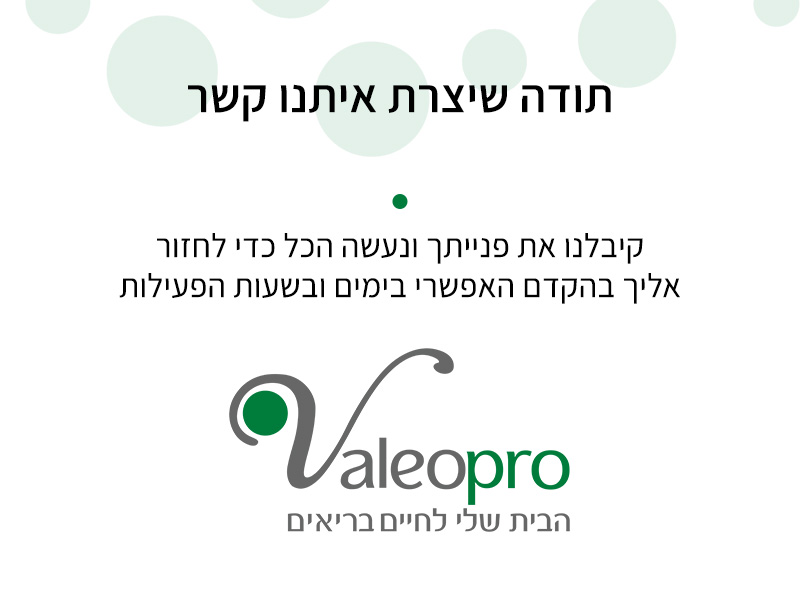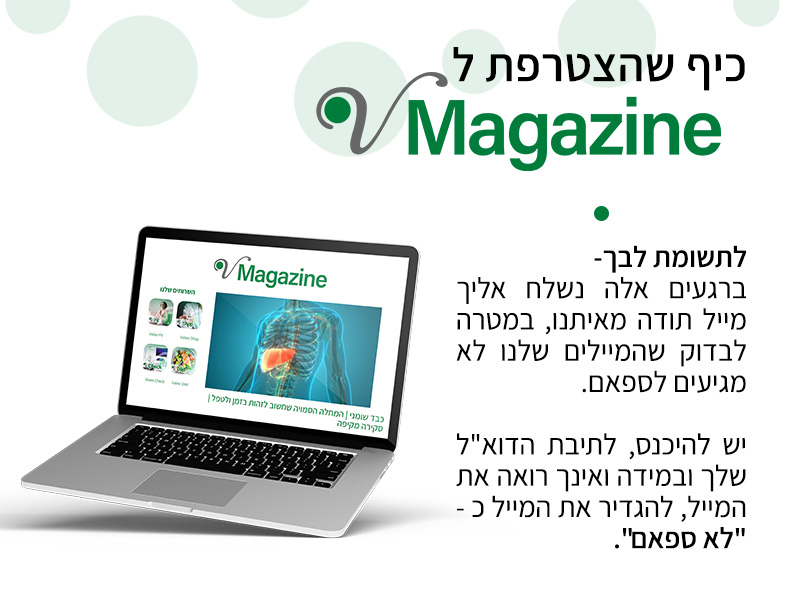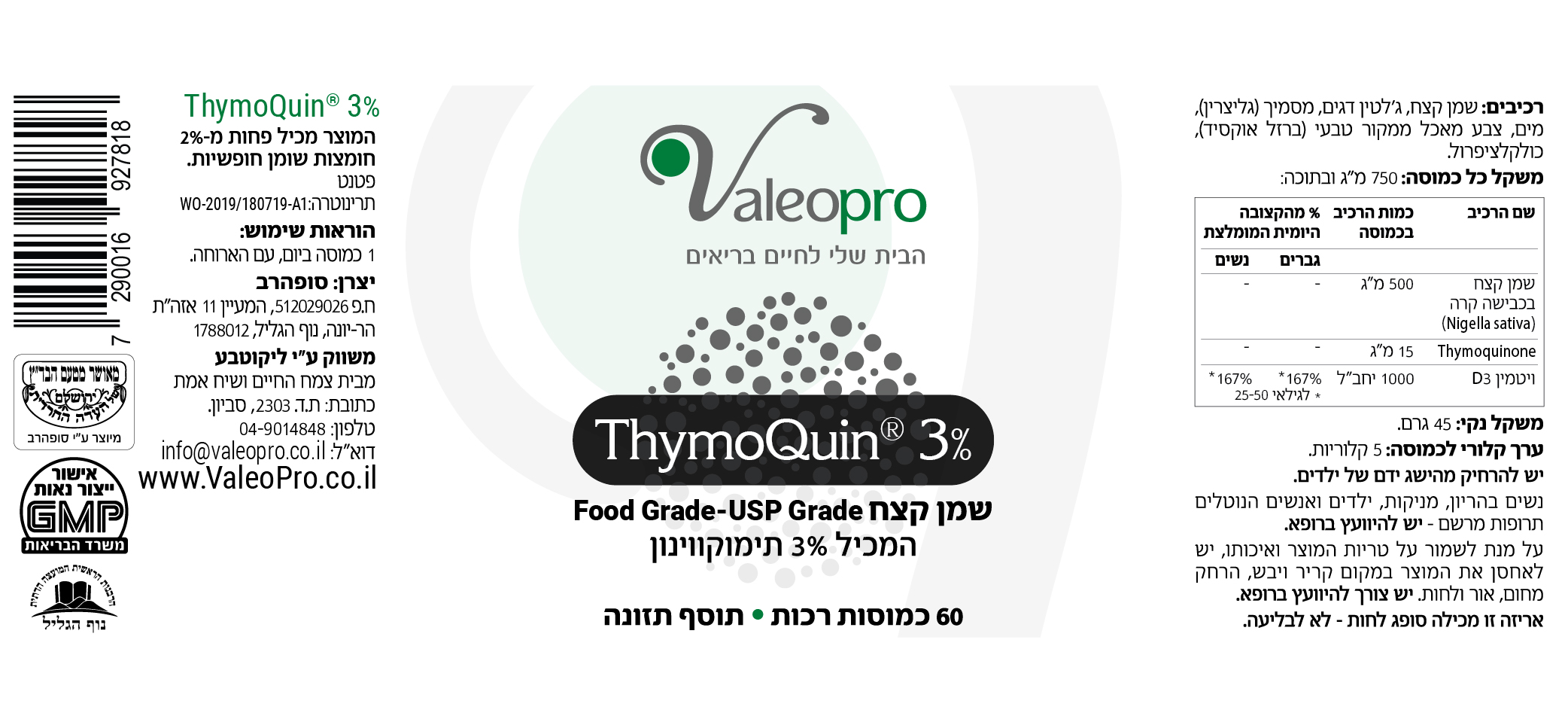שומר הינו צמח דו-שנתי או רב-שנתי גבוה. מוצאו באגן הים התיכון ופריחתו נפוצה גם בישראל.
שומר נפוץ במטבח הביתי כירק מאכל וכחומר טעם בתעשיית המזון והמשקאות. אך לזרעים (פירות) שלו סגולות רפואיות ששימשו ועודן משמשות ברפואה המסורתית והעתיקה מזה אלפי שנים.
השם Foeniculum ניתן לצמח על-ידי הרומאים, והוא נגזר מהמילה הלטינית foenum, שפירושה חציר.
רכיבים פעילים עיקריים
שמן נדיף (4%-6%; מכיל 60%-80% trans-anethole, 7-20% (+)-fenchone, כ-10% estragole ועוד), פלבונואידים (kaempferol, quercetin, isoquercitrin, rutin), פנולים, מונוטרפנים (limonene, pinene), סטרולים, חומצות אמינו (15-20%), חומצות שומן.
פעילות רפואית מוכחת מחקרית:
מפיג גזים (קרמינטיבי) , נוגד עווית, נוגד דלקת, פיטואסטרוגן, משפר תנובת חלב אם.
תסמונת המעי הרגיש, בעיות ספיגה, עצירות, גזים, כאבי בטן עוויתיים, הנקה – ייצור מועט של חלב.
Mills & Bone - Principles and practice of Phytotherapy. Modern Herbal Medicine, 2ed. Churchill Livingstone, 2013. https://www.elsevier.com/books/principles-and-practice-of-phytotherapy/9780443069925.
Blumenthal M (ed.). The Complete German Commission E Monographs. Integrative Medicine Communications, Boston, Mass., 1998. https://www.elsevier.com/books/the-complete-german-commission-e-monographs/unknown/978-0-9655555-0-0.
Mills. S, Bone K, The Essential Guide to Herbal Safety. Churchill Livingstone, 2005. https://www.elsevier.com/books/the-essential-guide-to-herbal-safety/mills/978-0-443-07171-3.
Namavar Jahromi B, Tartifizadeh A, Khabnadideh S.comprison of fennel and mefenamic acid for the treatment of primary dysmenorrhea.Int J Gynaecol Obstet. 2003;80(2):153–157. https://www.ncbi.nlm.nih.gov/pubmed/12566188.
Türkyilmaz Z, Karabulut R, Sönmez K, Can Başaklar A. A striking and frequent cause of premature thelarche in children: Foeniculum vulgare. J Pediatr Surg. 2008 Nov;43(11):2109-11. https://www.ncbi.nlm.nih.gov/pubmed/18970951.
Skalli S, Soulaymani Bencheikh R. Epileptic seizure induced by fennel essential oil. Epileptic Disord. 2011 Sep;13(3):345-7. https://www.ncbi.nlm.nih.gov/pubmed/21865126.
De Smet PAGM, ed. Adverse Effects of Herbal Drugs, vol. 1. Berlin: Springer- Verlag; 1992. pp. 135–142. https://link.springer.com/book/10.1007%2F978-3-642-60367-9.
Stager J, Wuthrich B, Johansson SG. Spice allergy in celery-sensitive. patients. Allergy. 1991;46(6):475–478. https://www.ncbi.nlm.nih.gov/pubmed/1957997.
Fugh-Berman A. Nutr Today. Herbal Supplements: Indications, Clinical Concerns, and Safety. 2002;37(3):122–124. https://www.ncbi.nlm.nih.gov/pubmed/12131790.
Sigmund CJ, McNally EF. The action of a carminative on the lower esophageal sphincter.Gastroenterol., 56:13-18, 1969. https://www.gastrojournal.org/article/S0016-5085(69)80061-2/pdf.
Brinker F. Herb Contraindications and Drug Interactions, 4th ed. Sandy (OR): Eclectic Medical Publications; 2010. https://www.eclecticherb.com/herb-contraindications-drug-interactions
Liu Z, Lu C, Chen J. [Correlation comparison of uterotrophic assay and E-SCREEN assay for estrogenic activities]. Wei Sheng Yan.Jiu. 2004;33(4):458-460. https://www.ncbi.nlm.nih.gov/pubmed/15461276.
Javidnia K, Dastgheib L, Mohammadi Samani S, Nasiri A. Antihirsutism activity of Fennel (fruits of Foeniculum vulgare) extract. A double-blind placebo controlled study. Phytomedicine. 2003;10(6-7):455-458. https://www.ncbi.nlm.nih.gov/pubmed/13678227.
Shah AH, Qureshi S, Ageel AM.toxicity studies in mice of ethanol extracts of Foeniculum vulgare fruit and Ruta chalepensis aerial parts. J Ethnopharmacol. 1991;34(2–3):167–172. https://www.ncbi.nlm.nih.gov/pubmed/1795520.
Opdyke DL. Monographs on fragrance raw materials. Food Cosmet Toxicol. 1979;17:529. https://www.ncbi.nlm.nih.gov/pubmed/391674
Miller EC, et al. Structure-activity studies of the carcinogenicities in the mouse and rat of some naturally occurring and synthetic alkenylbenzene derivatives related to safrole and estragole. Cancer Res. (1983). https://www.ncbi.nlm.nih.gov/pubmed/6825084.
De Vincenzi M, Silano M, Maialetti F, Scazzocchio B. Constituents of aromatic plants: II. Estragole. Fitoterapia. 2000 Dec;71(6):725-9. https://www.ncbi.nlm.nih.gov/pubmed/11077188.
Sangster SA, Caldwell J, Smith RL. Metabolism of anethole. II. Influence of dose size on the route of metabolism of trans-anethole in the rat and mouse. Food Chem Toxicol. 1984;22:707–713. https://www.ncbi.nlm.nih.gov/pubmed/6541623.
Caldwell J, Sutton JD. Influence of dose size on the disposition of trans-[methoxy-14C]anethole in human volunteers. Food Chem Toxicol. 1988;26:87–91. https://www.ncbi.nlm.nih.gov/pubmed/3366415.
Zeller A, Horst K, Rychlik M. Study of the metabolism of estragole in humans consuming fennel tea. Chem Res Toxicol. 2009;22(12):1929–1937. https://www.ncbi.nlm.nih.gov/pubmed/19908891.
Raffo A, Nicoli S, Leclercq C. Quantification of estragole in fennel herbal teas: implications on the assessment of dietary exposure to estragole. Food Chem Toxicol. 2011;49(2):370–375. https://www.ncbi.nlm.nih.gov/pubmed/21094197.
Gori L, Gallo E, Mascherini V, Mugelli A, Vannacci A, Firenzuoli F. Can estragole in fennel seed decoctions really be considered a danger for human health? A fennel safety update. Evid Based Complement Alternat Med. 2012;2012:860542. Epub 2012 Jul 29. https://www.hindawi.com/journals/ecam/2012/860542/.
Villarini M, Pagiotti R, Dominici L, Fatigoni C, Vannini S, Levorato S, Moretti M. Investigation of the cytotoxic, genotoxic, and apoptosis-inducing effects of estragole isolated from fennel (Foeniculum vulgare). J Nat Prod. 2014 Apr 25;77(4):773-8. Epub 2014 Mar 11. https://www.ncbi.nlm.nih.gov/pubmed/24617303.
van den Berg SJ, Alhusainy W, Restani P, Rietjens IM. Chemical analysis of estragole in fennel based teas and associated safety assessment using the Margin of Exposure (MOE) approach. Food Chem Toxicol. 2014 Mar;65:147-54. Epub 2013 Dec 30. https://www.ncbi.nlm.nih.gov/pubmed/24384409.
Opdyke DL. Monographs on fragrance raw materials. Food Cosmet Toxicol. 1974;12:309. https://www.ncbi.nlm.nih.gov/pubmed/4452542
Subehan Usia T, Iwata H, et al. Mechanism-based inhibition of CYP3A4 and CYP2D6 by Indonesian medicinal plants. J Ethnopharmacol. 2006;105(3):449–455. https://www.ncbi.nlm.nih.gov/pubmed/16414224.
Langhammer AJ, Nilsen OG. In vitro inhibition of human CYP1A2, CYP2D6, and CYP3A4 by six herbs commonly used in pregnancy. Phytother Res. 2014 Apr;28(4):603-10. Epub 2013 Jul 10. https://www.ncbi.nlm.nih.gov/pubmed/23843424.
Langhammer AJ, Nilsen OG. Fennel and Raspberry Leaf as Possible Inhibitors of Acetaminophen Oxidation. Phytother Res. 2014 Jan 23. https://www.ncbi.nlm.nih.gov/pubmed/24458977.
Subehan Zaidi SF, Kadota S, et al.inhibition on human liver cytochrome p450 3a4 by constituents of fennel (Foeniculum vulgare): identification and characterization of a mechanism-based inactivator. J Agric Food Chem. 2007;55(25):10162–10167. https://www.ncbi.nlm.nih.gov/pubmed/17988092.
Zhu M, Wong PY, Li RC. Effect of oral administration of fennel (Foeniculum vulgare) on ciprofloxacin absorption and disposition in the rat. J Pharm Pharmacol. 1999 Dec;51(12):1391-6. https://www.ncbi.nlm.nih.gov/pubmed/10678493.
El Bardai, S., Lyoussi, B., Wibo, M., and Morel, N. Pharmacological evidence of hypotensive activity of Marrubium vulgare and Foeniculum vulgare in spontaneously hypertensive rat. Clin Exp.Hypertens. 2001;23(4):329-343. https://www.ncbi.nlm.nih.gov/pubmed/11349824.
Tognolini, M., Ballabeni, V., Bertoni, S., Bruni, R., Impicciatore, M., and Barocelli, E. Protective effect of Foeniculum vulgare essential oil and anethole in an experimental model of thrombosis. Pharmacol.Res 2007;56(3):254-260. https://www.ncbi.nlm.nih.gov/pubmed/17709257.
Yang ZY, Pei J, Liu RM, et al. [Study on enhancing bioavailability of paeoniflorin by combined use with Chinese herbs for inner-warming]. Zhongguo Zhong Xi Yi Jie He Za Zhi. 2005;25(9):822–824. https://www.ncbi.nlm.nih.gov/pubmed/16248247
Brinker F. The Toxicology of Botanical Medicines, 3rd ed. Eclectic Medical Pub., Sandy, Ore., 2000. https://www.eclecticherb.com/the-toxicology-of-botanical-medicines/.
Wichtl M (ed.). Herbal Drugs and Phytopharmaceuticals. CRC Press, Boca Raton, 1994. https://trove.nla.gov.au/work/30952715?q&versionId=41469057.
Albert-Puleo M. Fennel and anise as estrogenic agents. J. Ethnopharm., 2:337-344, 1980. https://www.ncbi.nlm.nih.gov/pubmed/6999244.
Farnsworth NR, Bingel AS, Cordell GA, et al. Potential value of plants as sources of new antifertility agents I. J. Pharm. Sci., 64:535-598, 1975. https://www.ncbi.nlm.nih.gov/pubmed/167146.
Gruenwald J, Brendler T, Jaenicke C (eds.). PDR for Herbal Medicines. Medical Economics Co., Inc., Montvale, NJ, 1998. https://www.travolekar.ru/arch/Pdr_for_Herbal_Medicines.pdf.
Ostad SN, Khakinegad B, Sabzevari O. Evaluation of the teratogenicity of fennel essential oil (FEO) on the rat embryo limb buds culture. Toxicol In Vitro. 2004 Oct;18(5):623-7. https://www.ncbi.nlm.nih.gov/pubmed/15251180.
Alkofahi A, Al-Hamood MH, Elbetieha AM. Antifertility evaluation of some medicinal plants in male and female mice. Arch STD/HIV Res. 1996;10(3): 189–196. https://www.researchgate.net/publication/293458050
Dhar SK. anti fertility activity and hormonal profile of Trans-Anethole in rats Indian J Physiol Pharmacol. 1995;39:63–67. https://www.ncbi.nlm.nih.gov/pubmed/7705873.
Rosti, Nardini LA, Bettinelli M, et al. Toxic effects of a herbal tea mixture in two newborns. Acta Paediat., 83:683, 1994. https://www.ncbi.nlm.nih.gov/pubmed/7919774.
Brewer CT, Chen T. Hepatotoxicity of Herbal Supplements Mediated by Modulation of Cytochrome P450. Int J Mol Sci. 2017 Nov 8;18(11). pii: E2353. https://www.ncbi.nlm.nih.gov/pubmed/29117101
shabbat
false
0
0
0
0
החנות סגורה עד מוצאי השבת
יש לשלוח את הטופס


